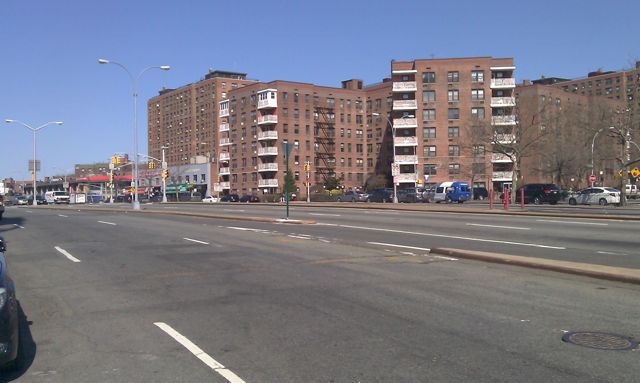Transit planning is often done backwards as planners and the public decide from the start what technology they want. The problem is that it's then hard to run an efficient service with the wrong vehicle type. Let's put aside any notions you have about one mode being better than another and consider some guidelines. Each type of transit mode has a capacity range at which it is useful. The table shows very general ranges; although the numbers can vary significantly, the ratios are generally accurate.
| Transit Bus (local) | 35 seats, up to 65 total ("crush load") |
| Articulated Bus (local) | 57 seats, up to 85 total ("crush load") |
| Coach Bus (intercity) | 50-57 seats; no standees |
| Light Rail | 100 per car, up to 4 cars |
| Subway | 150-200 per car, up to 10 cars |
| Commuter/Intercity Rail | 100-200 per car, up to 10 cars |
It is very important to first identify your service objectives and determine the volume of passengers to be carried. Then your choice of vehicle is just a function of the normal capacity required (as dictated by service standards/policies) and the costs and logistics of operating each type of vehicle.
For small loads a single bus will be sufficient, but when loads are higher you either need to add a second vehicle -- and pay a second driver -- or run a higher-capacity vehicle (such as one of the rail options). Remember that paying a driver dwarfs all other expenses, and some rail options require more than one employee (if you need conductors or token clerks, for example).
The type of vehicle you need may vary by time of day, often so drastically that it actually makes sense to run different modes at different times. This is what GO Transit, the Toronto area's intercity transit provider, been doing for many years. Some lines generate enough volume to justify rail service only on weekdays, so GO Transit runs coach buses on weekends on those lines. The Barrie line only runs trains in rush hours.
A regional train requires several employees, whereas a bus requires just one. Even if you need two or three buses to handle the passenger volume, it's still better because you can stagger them and thereby increase the frequency of service for the same cost. Traffic in the suburbs is much lighter on weekends so the trip times are comparable, and in order to get the times down buses omit some parking-lot-only stations. As you can see the buses even have bike racks, and some of the buses are double-deckers. You also don't need to buy any extra buses because most coach buses aren't needed on weekends anyway.
I don't know of any other agencies that do this, although many should. Boston's MBTA is a perfect candidate for this kind of arrangement. If you know any others, please share.







